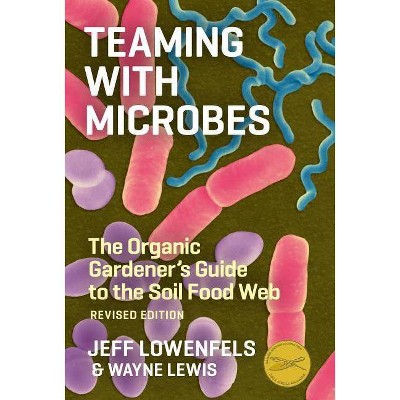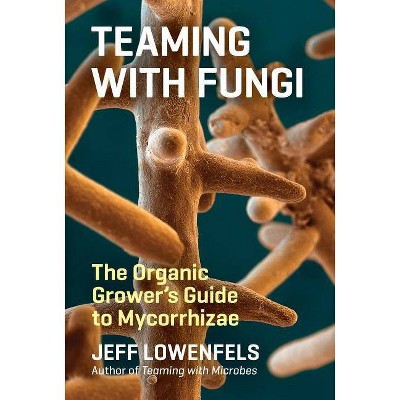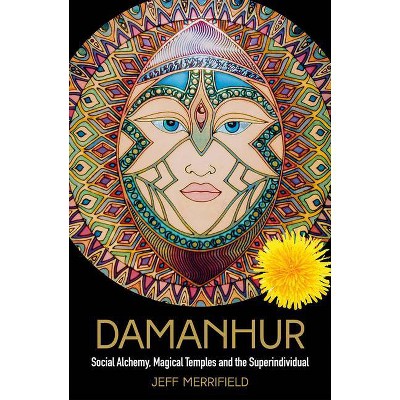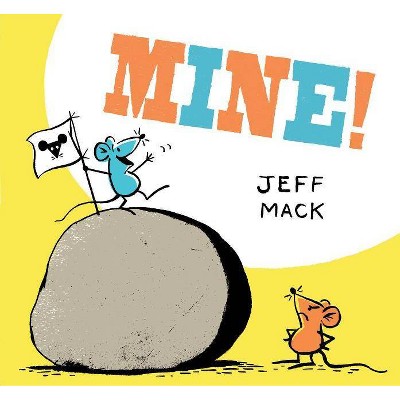Teaming with Nutrients - by Jeff Lowenfels (Hardcover)
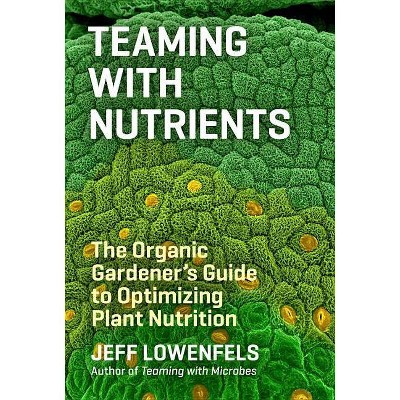
Similar Products
Products of same category from the store
AllProduct info
<p/><br></br><p><b> About the Book </b></p></br></br><i>Teaming with Nutrients</i> will make you a better informed, more successful, more environmentally responsible gardener and will give you a new appreciation for the plants you grow.<p/><br></br><p><b> Book Synopsis </b></p></br></br><p><b>"Gets deep into the weeds, so to speak, of the microscopic architecture of plants and the biochemical processes at play." --<i>Washington Post</i></b> <p/> Most gardeners realize that plants need to be fed, but many of us know little about the nature of the science involved. In <i>Teaming with Nutrients</i>, Jeff Lowenfels explains the basics of plant nutrition from an organic gardener's perspective. In his trademark down-to-earth, style, Lowenfels explains the role of both macronutrients and micronutrients and shows gardeners how to provide these essentials through organic, easy-to-follow techniques. Along the way, Lowenfels provides easy-to-grasp lessons in the biology, chemistry, and botany needed to understand how nutrients get into the plant and what they do once they're inside.</p><p/><br></br><p><b> From the Back Cover </b></p></br></br>Smart gardeners know that soil is anything but an inert substance. Healthy soil is teeming with life--not just earthworms and insects, but a staggering multitude of bacteria, fungi, and other microorganisms. When we use chemical fertilizers, we injure the microbial life that sustains healthy plants, and thus become increasingly dependent on an arsenal of artificial substances, many of them toxic to humans as well as other forms of life. But there is an alternative to this vicious circle: to garden in a way that strengthens, rather than destroys, the soil food web--the complex world of soil-dwelling organisms whose interactions create a nurturing environment for plants. By eschewing jargon and overly technical language, the authors make the benefits of cultivating the soil food web available to a wide audience, from devotees of organic gardening techniques to weekend gardeners who simply want to grow healthy, vigorous plants without resorting to chemicals. <p/> This revised edition updates the original text and includes two completely new chapters--on mycorrhizae (beneficial associations fungi form with green-leaved plants) and archaea (single-celled organisms once thought to be allied to bacteria). <br><p/><br></br><p><b> Review Quotes </b></p></br></br><br>"If you really want to get a sense of how little we know about how plants use fertilizers -- and I count myself in this league -- you should read <i>Teaming with Nutrients</i>, which gets deep into the weeds, so to speak, of the microscopic architecture of plants and the biochemical processes at play." <b>--<i>The </i>Washington Post</b> <p/> "Useful and practical information on soil testing, natural and synthetic fertilizers, factors influencing availability of nutrients, and the importance of proper fertilizing." <b>--<i>Pacific Horticulture</i></b> <p/> "Lowenfels offers everyone else a crash course in discovering soil structure, fertility, and microbial actions powerful enough to turn a dry wash into a productive source of clean, slow, organically grown food, without a single bag of potting soil." <b>--<i>The Desert Sun</i></b> <p/> "Lowenfels offers a deeper understanding of the major and minor plant nutrients and delivers the necessary science in a conversational style that most gardeners will appreciate." <b>--<i>The Monterey County Herald</i></b> <p/> "You'll never garden the same old way again." <b>--<i>Muskogee Phoenix</i></b> <p/> "Colorful illustrations, plentiful and readable diagrams, and a well-executed chapter structure make this an indispensable resource." <b>--<i>Publishers Weekly</i></b> <br><br>
Price History
Price Archive shows prices from various stores, lets you see history and find the cheapest. There is no actual sale on the website. For all support, inquiry and suggestion messages communication@pricearchive.us
